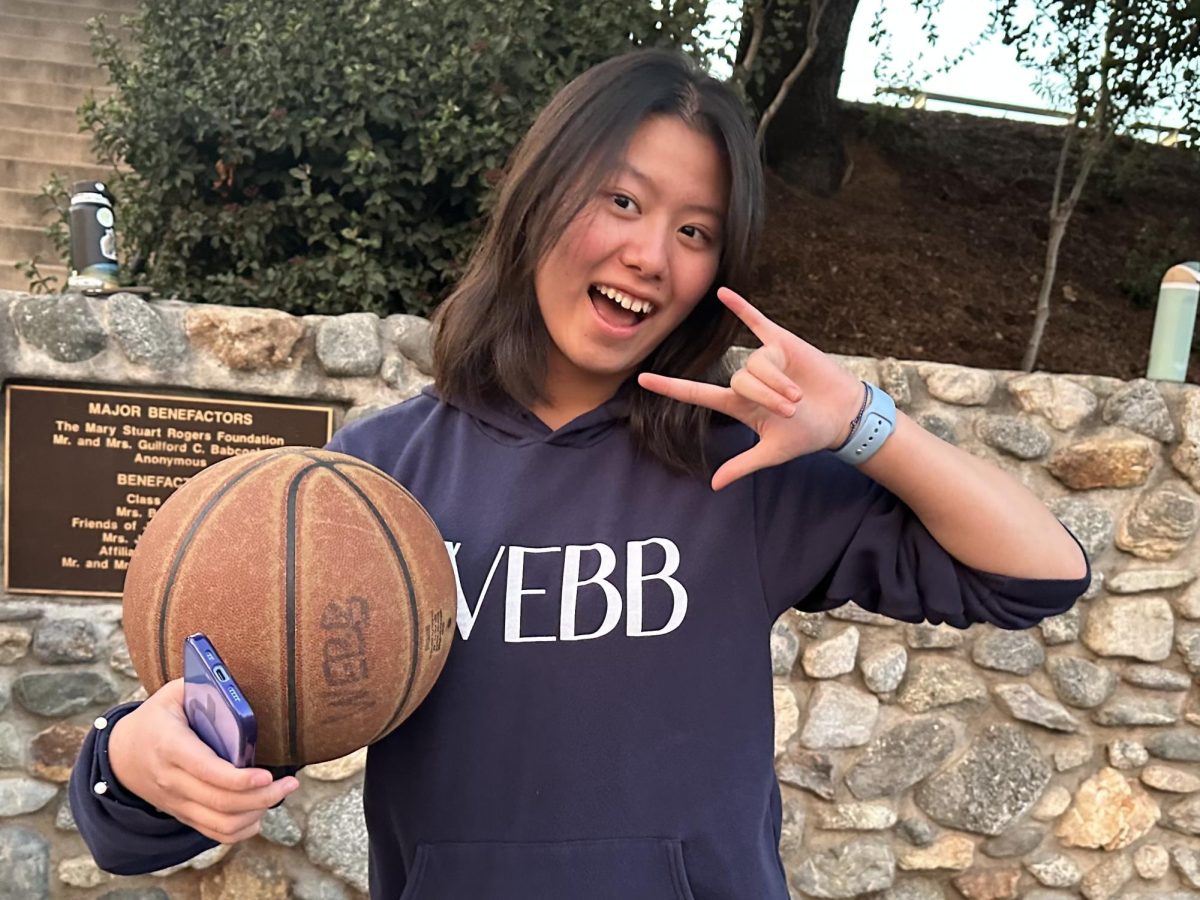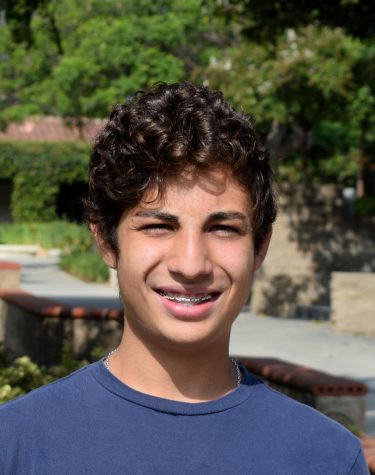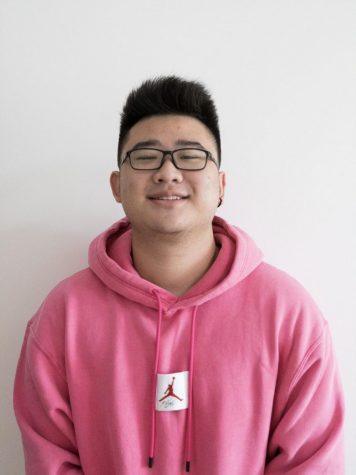Besides the memorable moments and high stakes that thrill March Madness viewers, the college athletes who compete throughout the tournament bring an additional element of entertainment. The players who compete in the collegiate games will soon be the ones playing and dominating the NBA scene for years to come.
The youth and potential that comes to light in the tournament have scouts and NBA fans salivating at the opportunity to draft one of the possible stars. This year’s tournament features future lottery picks like RJ Barrett, Rui Hachimura, Ja Morant, Coby White, and most notably Zion Williamson. The NBA-ready prospects tend to dominate the tournament despite being freshman amongst players up to four years older than them, such as fifth-year seniors.
Something special about college basketball that makes it different than the NBA is its star-powered teams. Each year’s NBA draft only features 60 players coming from less than 50 different college basketball teams; because of this statistic, not every team can be star-studded.
While some teams play into systems with equal distribution, other teams with the luxury of having star players give them the opportunity to dominate the ball and the game. This dynamic creates great and entertaining stories like monster stat lines, big games, great highlights, and big-time moments.
During the regular season that takes place prior to the tournament, some schools have very little viewership due to their weak competition and low expectations for the upcoming tournament. Because of the tournament’s popularity, however, some schools like Murray State burst onto the scene and get the opportunity to be center stage. This spark was a result of their guard play from future lottery pick Ja Morant. The upcoming star will likely be the second overall pick and showed us why, in his first tournament game he posted the first triple-double in March Madness history since Draymond Green in 2012.
While the common college basketball fan spends their time watching powerhouses like the big three in Duke or UNC, March Madness provides an opportunity for college athletes to earn themselves the attention of millions of fans.
Of these fans who embrace the game, a lot of them are college students themselves. Something unique and great about the tournament is that there are no home games. Each team is the visitor, playing at the arena they were scheduled to use. Unlike regular-season games where the fans’ energy is completely dependent on one team, regardless of who has the momentum, the building remains electric.
March Madness is a cruel one-and-done tournament with 68 collegial basketball teams. Crazy Just in last year’s March Madness, No. 16 ranked UNBC, University of Maryland- Baltimore County, stunned the No.1 seed University of Virginia in the first round. In this year’s March Madness, No.13 UC Irvine shocked everyone by beating No. 4 ranked Kansas State. Not only do the underdogs make March Madness one of the most uncertain tournaments in sports, but the “ stories” also catch people’s eyes.
In 2018’s March Madness, the No. 11 ranked Chicago Loyola made all the way to the Final Four. Before falling to Michigan in the Final Four, Loyola Chicago beat Miami, Tennessee, Nevada and Kansas State. The biggest fan of Chicago Loyola, 98-year- old Chaplain of the school, Sister Jean, became a national superstar as Chicago Loyola pulled off upsets after upsets in last year’s run and made the Final Four for the first time since 1963.
Outside the stadium, fans are also battling with each other by filling out the “bracket,” where they pick their favorite team to advance to the next round until the championship game.
Only less than 1% of the fans with brackets can actually predict the final bracket competition. Even if someone correctly predicts it, the final will predict the score of the championship game. Because of the uncertainty, the upsets, and the Cinderella stories, it is almost impossible to have a perfect bracket.
In this year’s March Madness, there is only ONE person who held on to a perfect bracket going into the second round, AKA the “sweet sixteen.” According to DePaul University math professor Jeff Bergen, the odds of having a perfect bracket is one in 128 billion!
Should college athletes get paid?
As the tournament takes place and continues to gross millions of dollars and viewers, the players who serve as the product keeping the business of college basketball running do not see a penny. As unfair as it sounds, the flaw in the system has nothing to do with the allocation or lack thereof of the NCAA’s profits. Rather the fault lies in high school athletes inability to play in the NBA.
Since the 2005 draft, there only have been three high school players who have been drafted into the NBA. Highly sought after prospects have gone to college before declaring for the draft, not because of their lack of skill or value to NBA teams, but because of unfair rules that forbid them from entering the draft.
Before the one and done rule, the NBA has welcomed players who came to the league directly after high school, like Kobe Bryant, Lebron James, Kevin Garnett, and Tracy McGrady who have dominated the league from as far back as 1995 until now. Denying high school players draft eligibility to fulfill their dreams and sign their deserved NBA contracts is unjust.
All that being said, the NCAA is not a terrible program depriving kids of their hard earned money. Due to its age restrictions, it is merely a stepping stone to a career; however, for NBA prospects, this step is unnecessary. For the athlete who competes in order to get a free education, they do not need to be paid by the NCAA because their scholarship acts as their wage.
Why would Zion Williamson want a free scholarship when he will be signing an NBA contract worth millions of dollars in three months? For this caliber of player, the NCAA is simply a waste of his time, not to mention the time studying takes away from his development. Players like Luka Doncic who play in the Euro league become eligible for the NBA draft at 19, but do not need to focus any of their attention on school.
Kevin Durant and former college basketball player at the University of Texas pointed out the advantage of the Euro League route versus that of the NCAA, saying that Luka Doncic “didn’t have to go to class, study hall, none of that extra stuff the rest of the guys had to go through, he was just focusing on his game probably since he was 14 years old. So that’s an advantage for him and you could tell that he’s not shy, he’s not afraid of the moment.”
Just because the flawed system has helped the NCAA and college’s make loads of money, it does not mean they are in the wrong in how they regulate their revenue.
The rigorous labor of college athletes is by no means free; the scholarship for athletes seeking an education makes the season worthwhile, and for players using the NCAA to become professionals, they still reap the benefits of their work. Former Arizona Wildcat and NBA All-star Gilbert Arenas said, “I always take the stance against it (college athletes being paid), if you understand how much love and how much advantage we have over regular students, like yeah the college is making millions off us, but trust us we’re not suffering here.”
On the other hand, college athletes should get paid considering their sacrifices for athletic programs as well as the profit they bring to universities. A typical college athlete’s day starts at 5 a.m. and usually ends after midnight. Other than regular classes and school works like other students do, they have morning strength and conditioning, afternoon film sessions, as well as late practices that usually lasts longer than three hours. Therefore, they are doing way more than a “normal” college student on a daily basis, and they deserve some financial support or some type of financial income.
As some would argue, their financial aid has already covered most of their costs, but it really just covers the costs of their textbooks and boarding life. Considering the amount of time they invest into the program every day, they hardly have any time to take part-time jobs or do anything to make money. Therefore, they should get paid by the university or the league they play in.
Moreover, many college athletes come from a very poor family who can barely support them and would struggle to make their way to the game on game days. Kyler Murray, star quarterback for the University of Oklahoma and potential number one overall pick in the 2019 NFL draft, said, “I feel like we bring in a lot of money to the universities… we put in a lot of work. Some guys don’t have enough money to bring their families to the games… so I feel like athletes should be compensated for it.”
College athletes bring a huge amount of money to the school. In 2018, the University of Alabama reported $143.3 million in athletic revenues, more than all 30 NHL teams and 25 of the 30 NBA teams. However, student-athletes did not gain anything from this huge amount of profit even though they sacrificed so much time in their daily life to contribute to the program.
Therefore, considering the financial backgrounds and the huge amount of profit they bring to the colleges, college athletes should get paid like pro athletes.


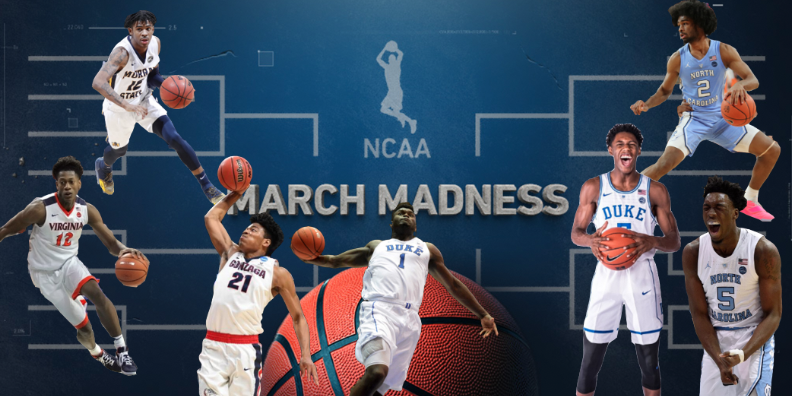
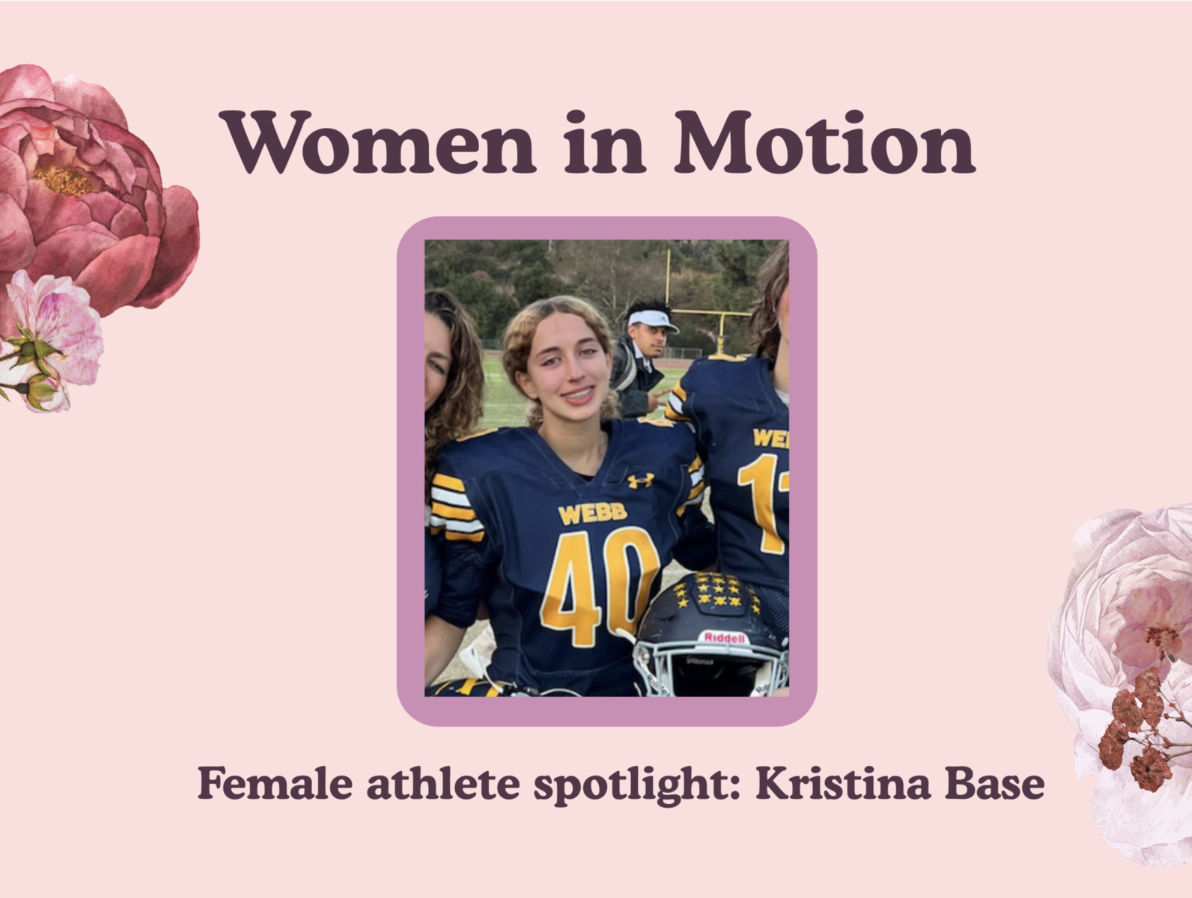
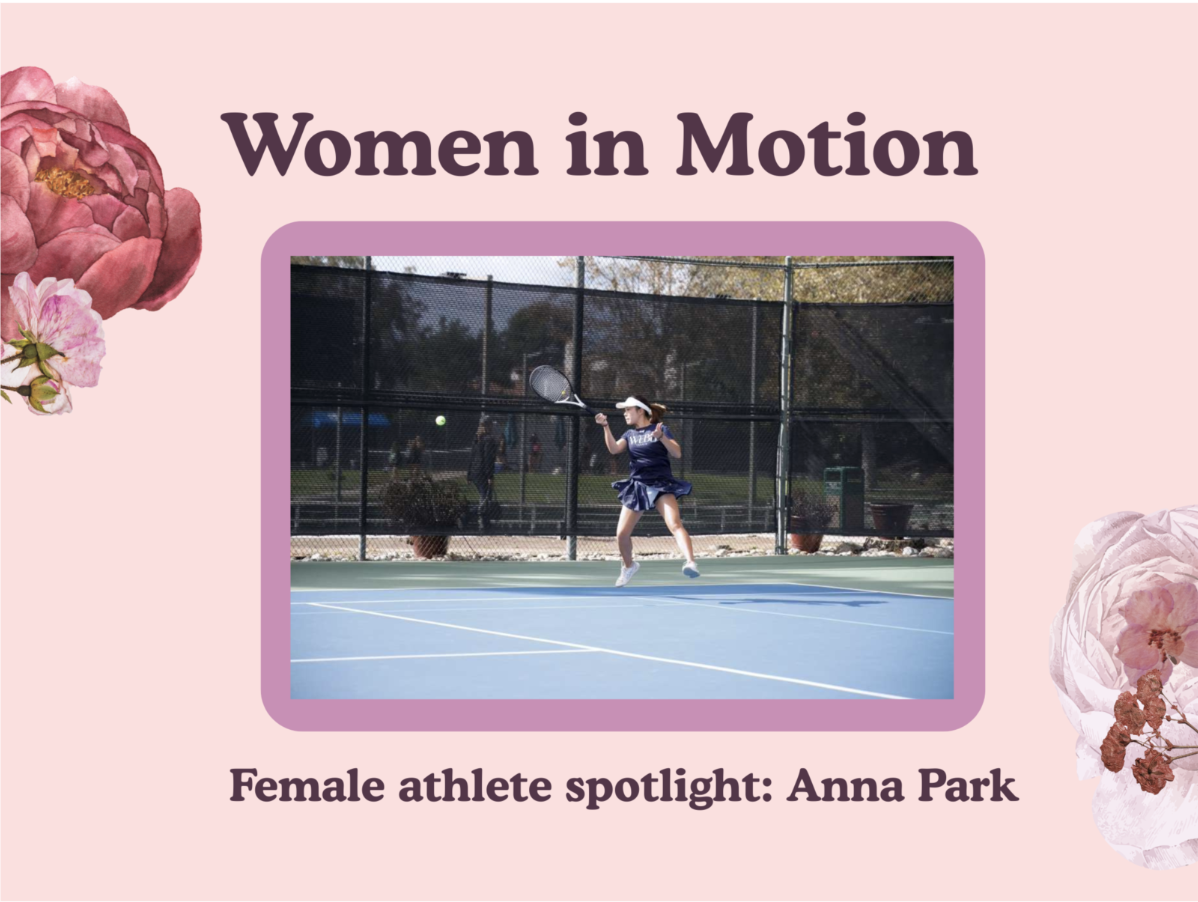
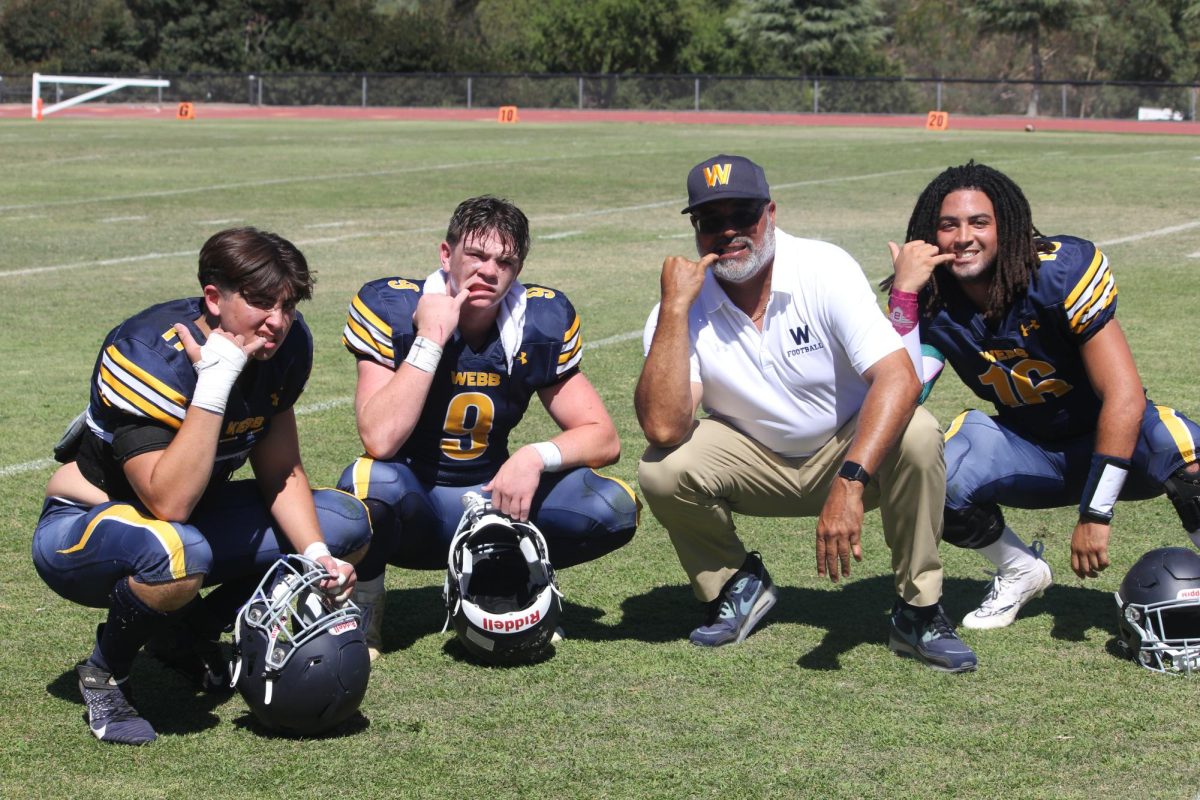
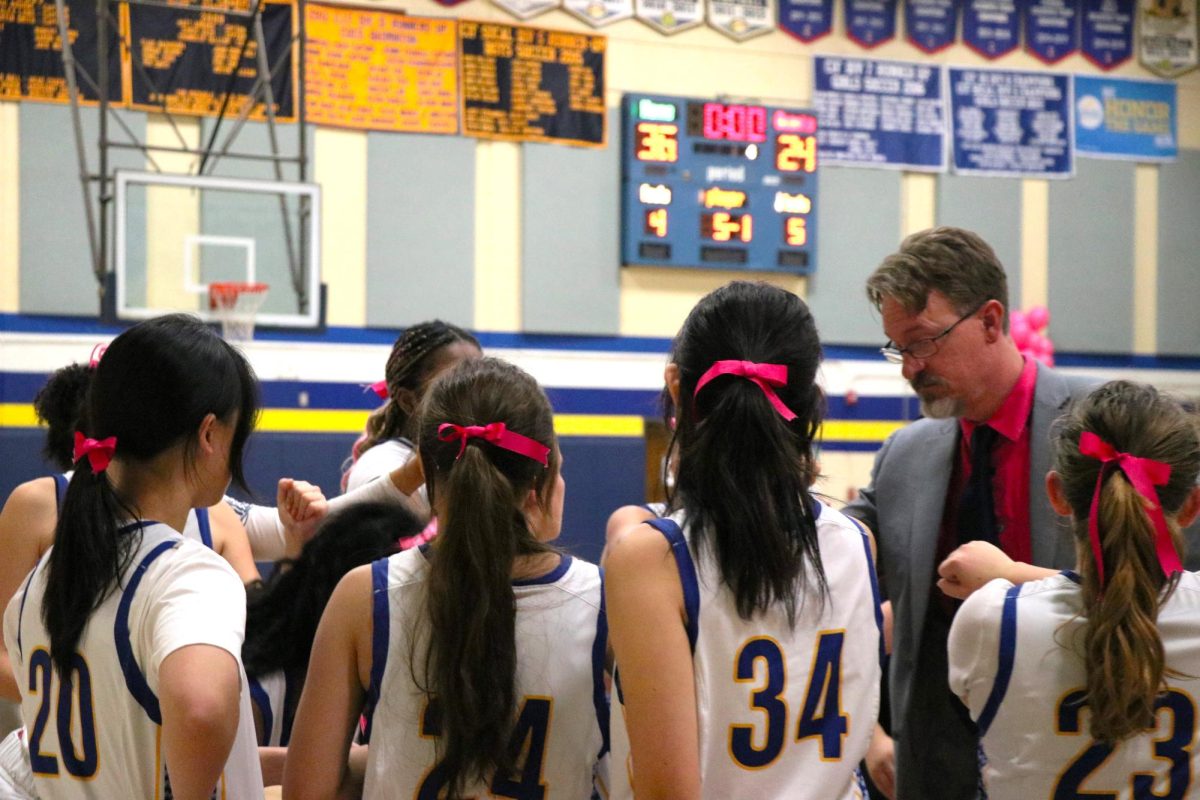
![On one of the Webb robotics team’s new Skytech Nebula computers is Jake Hui (‘25), engineer of Webb’s 358 Robotics team who is currently improving his team’s robot virtually in a Computer Aided Design application, or CAD. Before the building, the driving, and the victories, comes the prototyping of the robot.
“Right here [on his computer] is where the robot is designed, and I have access to all the parts that I need to try things out,” Jake said.
Technical computer skills as well as an intimate knowledge of how robots work is required to efficiently work in the CAD design space. The skills are well worth the time spent, as it can save hours or even days' worth of time spent on assembly in the real world.
"If there is a piece that we don’t have, 3D print it to see if it's really necessary before making an expensive purchase, as the parts can cost hundreds of dollars,” Jake said.](https://webbcanyonchronicle.com/wp-content/uploads/2025/02/IMG_2381-1200x900.png)
